Kadi Kütt
It doesn’t matter where the anxiety comes from or when it first appeared, it is clear that people feed their anxiety every day. We struggle with an excessive workload and a fast pace of life, work hard on many fronts at once, struggle in unhappy relationships, eat unhealthily and seek help from alcohol or drugs instead of looking at problems and solving them. All this sustains and increases inner restlessness and anxiety.
We live in a world of “ready!”
In his book ‘The biology of belief’, cell biologist Bruce H. Lipton says that we live like sprinters in a world of ‘ready!’ We are in the starting blocks, ready to push forward with full force at any moment. In anticipation of the starter’s gun, a large amount of adrenaline circulates in our blood and the whole body is fully ready for the upcoming challenge. For a sprinter, such a tense wait lasts only seconds, the referee will soon give the command “Go!” and the athlete will rush down the track. A modern person is bent down over a start line with a tense body and waiting for a starting shot that will not come. Constant readiness, chronic muscle tension and adrenaline that the body does not use, exhaust the body completely over time.
To cope with everything, to be present everywhere, to communicate with all the necessary people and not to miss out anything important, we need to become true multi-tasking masters. In addition to our spouse, children, work duties, financial responsibilities, friends, neighbours and hobbies, we share our attention between countless e-mails, social media posts, Delfi news, Youtube videos, text messages, multimedia messages and all kinds of buzzes and whistles. We are constantly available to everyone like doctors on call. We are tired and exhausted, we suffer from indigestion and sleep disorders, but we do not dare to step aside, because who knows what will happen. Our minds are distracted and fragmented; we feel trapped; we do not live on the same path with our loved ones or on the path we should be in.
Hijacked attention.
Researchers at Standford University conducted a study that convincingly showed that the idea of the effectiveness of multi-tasking is a myth. The brain does not do several things at once and we do not multi-task, as the word ‘multi-tasking’ suggests, but rather move quickly from one task to another. After each such switch, our focus on the original task has diminished considerably. This kind of a switch also consumes the limited resources of the brain, the valuable energy needed for brainwork. Jaan Aru, a brain scientist and psychologist at the University of Tartu and author of the book ‘Brain and thought’, makes a striking comparison that our conscious thinking is like a bottle of water that we bring with us to the desert – it must be used wisely. But the multitasker spins the uncapped water bottle over their head!
The front of the frontal lobe, or prefrontal cortex, is responsible for controlling thinking, planning and behaviour in the brain. This part of the brain is very capable, but it is easy to disrupt its work. You have a sensible plan to eat healthily and in moderation on Monday morning, after having an anniversary party at the weekend. Still, already before noon, you find yourself grabbing the last piece of the chocolate bar. Wait, how did it happen – the plan sounds good, right? Or you may be familiar with a situation where you are focusing on an important task, but a beeping phone is enough – someone sent an e-mail! – to push the task aside and you forget yourself on the phone reading messages.
Life is full of temptations that hijack our attention and our concentration must constantly tackle these. The question is how much these disruptors will cost us.
Jaan Aru talks about two competing systems of the human brain: a repository of learned automatic behaviours and conscious thinking. The first one is like an autopilot. We are confident that we control our thoughts and actions, but for some reason, it still happens that we overreact in relationships, recklessly grab a cigarette or chocolate and surf immeasurably on smart devices. As if someone else is in control! It’s as if our prefrontal cortex – the part of the brain that should control automatic behaviour – is turned off. And when the intelligent prefrontal cortex is turned off, the amygdala, or our inner risk radar, hijacks attention. Brain scans have clearly shown that in those with poor concentration and whose attention is distracted from one thing to another, the amygdala is chronically hyperactive. The mind is constantly anxious and ready to fight. It results in rapid and shallow breathing, an increase in heart rate, an increase in blood pressure and muscle tension throughout the body. An ideal environment for chronic anxiety!
The ability of the prefrontal cortex is paralyzed by excessive mental strain, distraction and fatigue. It is effortless for the automatic system to take over if the ‘smart brain’ is in this state.
Holistic Regression Therapy has a ten-minute introductory relaxation at the beginning of the mental journey. The client lies on the bed eyes closed; they go through the whole body step by step under the guidance of a therapist and relaxes. There is no need to do anything in these moments; the client can simply be fully present for themselves. It is not uncommon for a client to be deeply moved at the end of a session just from relaxation: “I don’t remember when I last time just laid down like this to just be, without having to worry about anything, rush somewhere or fix something. Oh, it was nice!”
If we don’t have ten minutes a day for ourselves, how can we notice others?
Available for everyone and, at the same time, very alone.
In 2015, BBC documentary filmmaker Sue Bourne made a documentary entitled “The Age of Loneliness”. In the author’s home country, Great Britain, at least a third of the population suffers from loneliness. Not only those whose spouses have died of old age or illness are lonely, but young people also feel very alone. Bourne calls loneliness a modern-day silent epidemic and psychologists consider existential loneliness to be an important cause of anxiety.
If we work hard on several fronts, we are active in so many channels of communication, we are there for everyone and with everyone, how can we still feel lonely?! Because we’re not really present.
Every year more and more anxious young people, who have moved to another country to earn money and pursue a career, but are unable to adapt to a foreign environment, find their way to a psychiatrist and a therapist. The roots have been torn open, but they don’t find their own place and their own people in the new place. These young people can feel very, very alone, also in the midst of a large crowd.
People chronically lack attention and love even in close relationships: “I speak, but they do not listen. I ask, but they don’t care.” We all need attention; we want to feel needed; we want to share our lives with someone. Dr John Cacioppo, a neuroscientist at the University of Chicago, the world’s leading loneliness researcher, says that humans are essentially a social species. If other people are taken away from us, we can’t be healthy. Various studies have shown that loneliness can cause high blood pressure, increase in the levels of the stress hormone cortisol, and suppress the immune response that makes the body susceptible to disease.
Facebook or Pinterest work well when you’re happy and popular, but when you feel isolated and alone, every post posted by others is a painful reminder of your spiritual loneliness. In order not to look weird and push their companions even further away, young people (and not only young people) learn to wear masks and only show the more fun and glamorous side of their lives. Loneliness is a condition that most people try very hard to hide. It is embarrassing to admit that you are lonely; it is difficult to say that you are not all right. It is how we create an identity that is acceptable to the social media society, but we don’t have anyone to who we can show anyone our real face. Eventually, we learn to keep our emotions to ourselves and we are unable to share our thoughts and feelings with an open heart. In the disguise of the masks, we don’t live on the same path with ourselves and each other.
Present in oneself and relationships.
In order to be genuinely present first for yourself and then for others, you have to learn to live mindfully. It means that you are every moment mindful of your thoughts, feelings and reactions, of everything that happens inside and around you. You don’t rush mindlessly through life, but you participate in it, you are able to notice, accept and be grateful. Look at people on the street or at work: how mindful do you think they are in what they are doing? Professor Mihaly Csikszentmihalyi of the University of Chicago conducted a remarkable study. For several years, he interrupted the agenda of hundreds of people who were doing their everyday activities. He asked them what they were doing at the time of the interruption, what they were thinking of at the time and how they felt. The study showed that when a person’s attention is not focussed, and their thought wanders on its own, then the thoughts are predominantly gloomy and anxious.
When you are mindful in yourself and your life, you understand what is going on, how it affects your mind and body and how you feel. When you become aware of your feelings, it is also much easier for you to understand your preferences and needs. It’s easy for you to understand if the people you’re interacting with or the situations you’re in are giving you or wasting your energy.
You need to be truly present when you interact with your loved ones. Especially when you need to talk something important through, argue until you figure it out, deeply understand. Then you can’t communicate in passing. Only when you are mindful, you understand what the other person really wants to tell you what they feel or what they hide behind their words. Understanding this is a prerequisite for true mutual care and commitment.
How to wake up your mind.
Start from the very beginning, i.e. learn to pay attention to the current moment. The easiest way to do this is by observing your breathing and body and, of course, meditation is a mandatory practice here. Don’t be discouraged by complicated teachings! Choose the easiest way first: take even ten minutes, find a quiet place, turn off your computer and phone, sit or lie down in a comfortable position, close your eyes and just allow yourself to be. Play calm music or be in silence – try how it suits you best. There are several very good meditation books (my favourites are Jon Kabat-Zinn’s ‘Wherever you go, there you are: mindfulness meditation in everyday life’ and Jack Kornfield’s ‘Meditation for Beginners) where you will find teachings and exercises.
Meditation is a practice in which you take a journey in your inner world and notice your body, thoughts and feelings. Don’t force yourself to be relaxed and calm; don’t try to achieve anything! You are there just for yourself; you let everything that is inside you at this moment be – hectic thoughts, tense body, emotions – be. You let yourself to be as you are.
Start by breathing calmly and evenly. You will benefit greatly from this already! In case of uneven and shallow breathing, the sympathetic nervous system takes control and the whole body goes into a state of alert: adrenaline is released into the blood, the heart rhythm speeds up, blood pressure rises and the muscles become tense. Such breathing has a serious role to play in triggering anxiety. On the other hand, slow and deep breathing so that the abdomen also moves with breathing leads to relaxation of the whole body. The parasympathetic nervous system will be in command, tension and anxiety disappear.
When you observe your thoughts, feelings and body sensations without judgment; you realise that a thought like, “I don’t know what will happen”, which usually leads to anxiety, is just one thought; that side stitches are completely safe, it is just a sensation, nothing more. You’re not sick, and you’re not going crazy.
I wrote above that in an anxious situation; the emotional brain can hijack the rational mind. Before you can even blink, a little anxiety has become a great fear that catches your attention completely and, of course, makes your mind anxious. By being present in meditation in yourself, you develop the ability to pay attention and concentrate, which will help you to immediately notice when you wander the paths of the past or future again, feeling regret or fear. Or you give innocent situations assessments with strong negative connotations. When you are focused at the moment, no anxious thoughts can grow into a panic, because you practise looking at your thoughts from a distance, to react to them much more calmly and healthily. “Aha, the same old what-impression-do-I-leave-fear strikes again!”; You exhale calmly and let go. Sounds easy? It is easy; it just needs constant (lifelong) practice.
Another great benefit is that by carefully paying attention to your body and noticing any tension, you can release it before the tension grows chronic and starts to hurt or – worse – becomes a physical illness. Drop your shoulders, relax your abdominal muscles and allow your abdomen to move softly and naturally with your breathing. Feel how much easier your breathing gets!
Mindfulness is not just a technique; it is an ongoing process that requires commitment and discipline. Mindfulness is a way of life that affects our state of mind, physical well-being and the quality of relationships in our daily lives. Practise getting your mind awake! Be mindful of yourself and try not to get lost; otherwise, your happy life may not be really lived.
It is the sixth article from a series called ‘Anxiety from several angles’, published in an online magazine EDASI.org . The article was published on April 14, 2019.


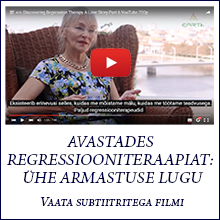
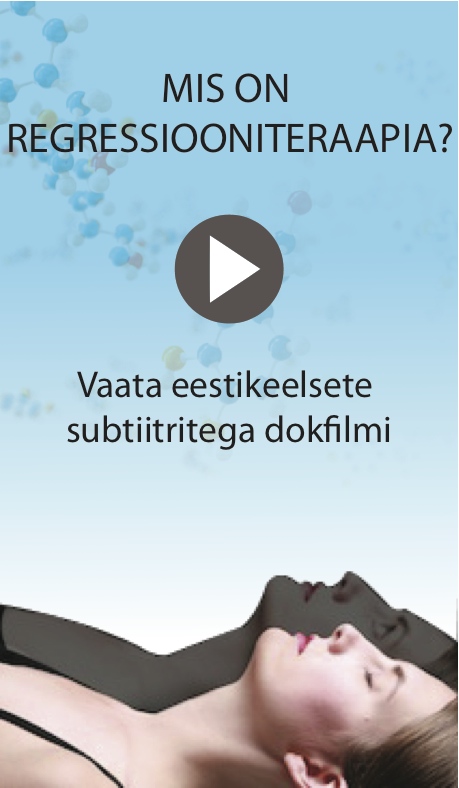


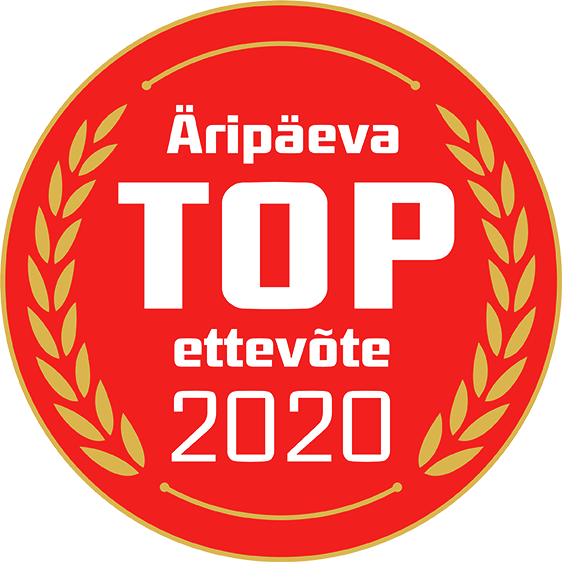
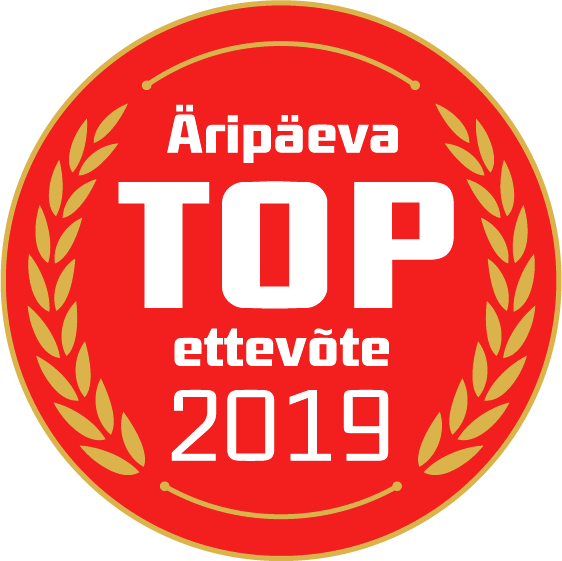
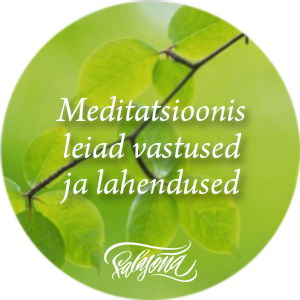


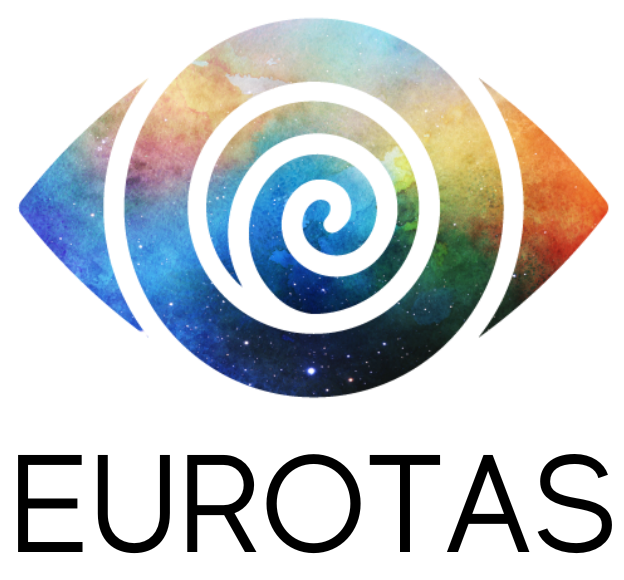

0 Comments